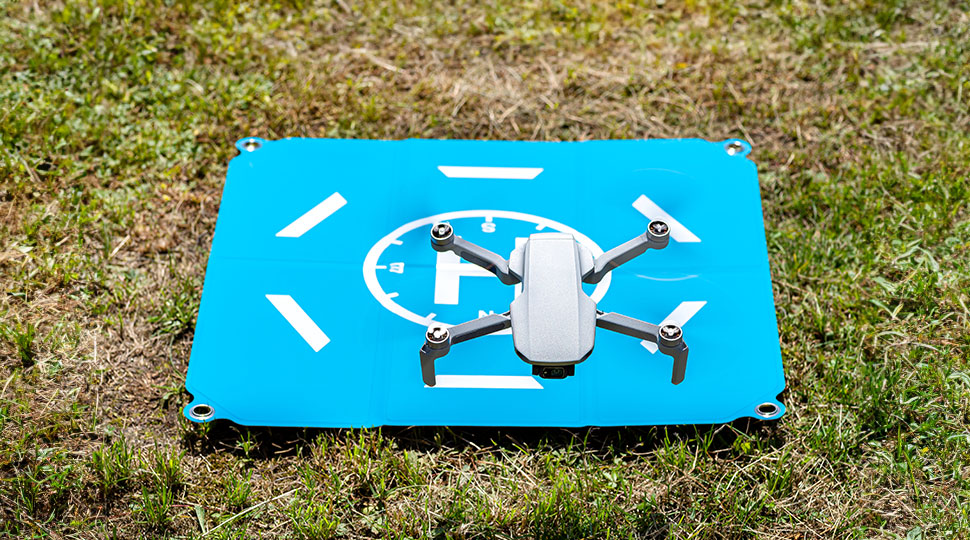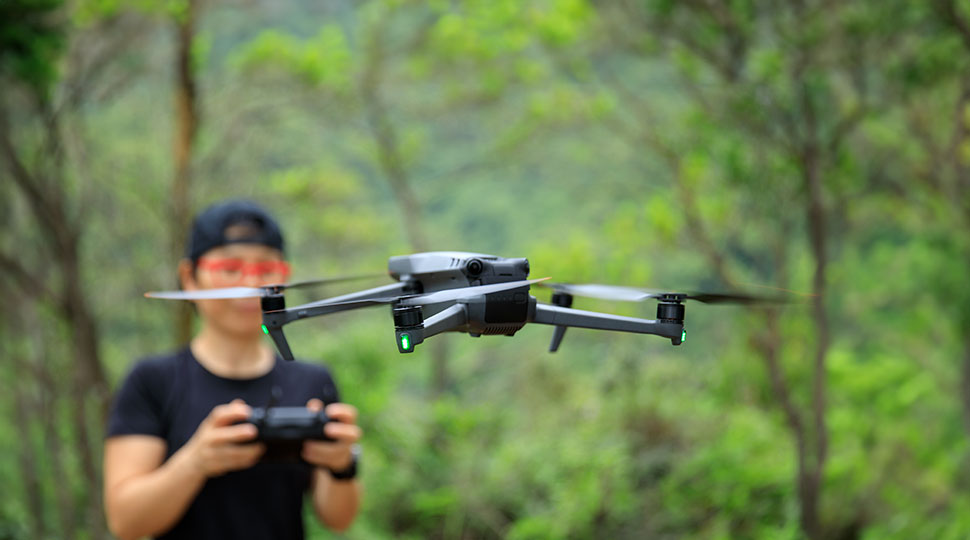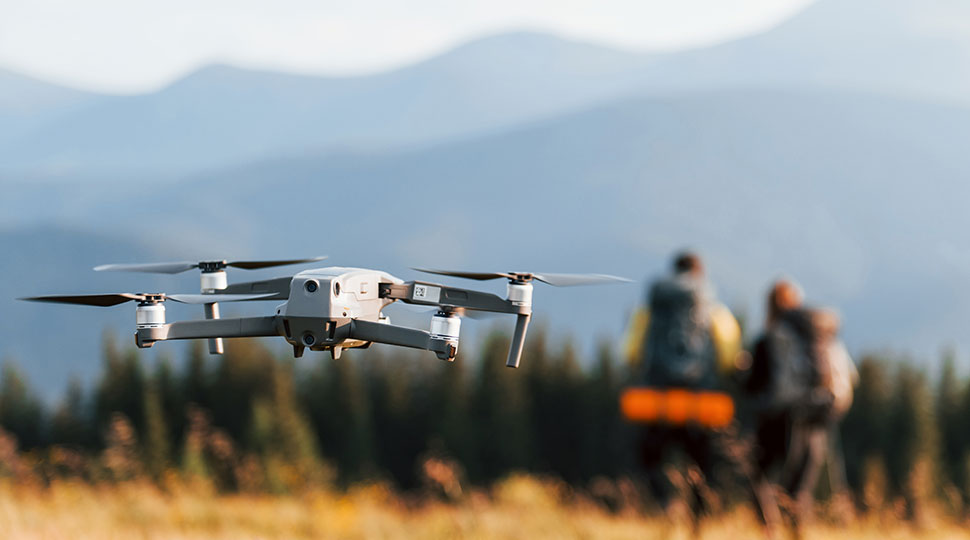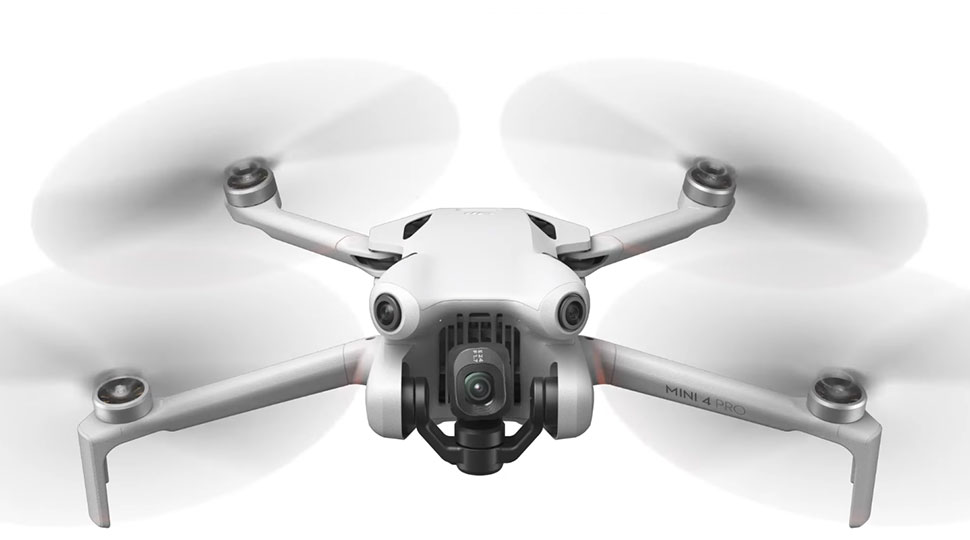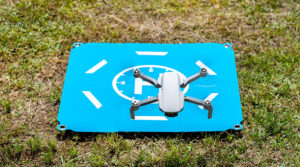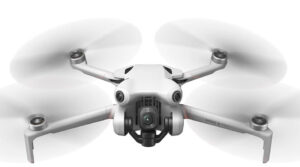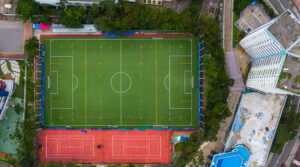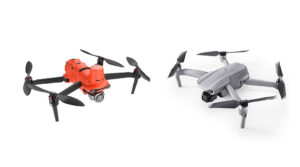
Drones have become increasingly popular in recent years, with many enthusiasts investing in high-quality drone camera and gimbal system to capture stunning aerial photography and smooth, cinematic footage. However, maintaining the performance and longevity of these expensive components is essential to ensure you continue to get the best possible results from your drone.
In this article, you will discover the benefits of keeping your drone camera and gimbal system in top shape. We will provide you with five essential tips to help you achieve this. By following these tips, you can ensure that your drone continues to capture high-quality footage and remains a reliable tool for aerial photography.
Get the latest articles in your inbox fresh and ready to read …
Get the New To Drones "All Access Pass"
All Access Pass members enjoy unlimited access to entire articles – 100% FREE
By signing up you agree to our Terms of Service and Privacy Policy. You also agree to receive our newsletters (you can easily and quickly opt-out at any time).
You will receive free access to all of our articles while you are a member of the site.
Tip 1: Properly Store and Transport Your Drone Camera & Gimbal System
One of the most important aspects of maintaining your drone camera and gimbal system is ensuring that they are stored and transported correctly. This helps protect them from dust, debris, and damage while also ensuring that they remain in optimal working condition.
Protecting from Dust and Debris
When not in use, store your drone camera and gimbal system in a clean, dry, and cool environment. This helps prevent dust and debris from accumulating on the system and causing damage to the delicate components. Consider investing in a protective case specifically designed for your drone and its accessories, as this will offer additional protection from dust and debris.
Avoiding Unnecessary Damage During Transportation
When transporting your drone camera and gimbal system, it is crucial to handle them with care and avoid any sudden impacts or jolting movements. Ensure that the drone and its components are securely fastened within their protective case and avoid stacking heavy items on top of the case, as this can cause damage to the delicate components inside.
Tip 2: Clean the Exterior Regularly
Cleaning the exterior of your drone camera and gimbal system is essential to maintaining their performance and ensuring that they continue to capture high-quality footage.
Removing Dirt, Grime, and Stains
Dirt, grime, and stains can accumulate on the exterior of your drone camera and gimbal system over time, particularly if you frequently fly in dusty or dirty environments. To clean the exterior, use a soft, lint-free cloth to gently wipe away any dirt or grime. For stubborn stains, dampen the cloth with a small amount of water and gently rub the affected area until the stain is removed.
Utilizing Appropriate Cleaners for Different Materials
When cleaning the exterior of your drone camera and gimbal system, it is essential to use the appropriate cleaners for different materials. For example, use a lens cleaner specifically designed for camera lenses to clean the glass elements on your drone camera, and avoid using harsh chemicals or abrasive materials that could damage the delicate components.
Tip 3: Check Connections Before Every Flight
Before each flight, it is essential to check the connections between your drone camera, gimbal system, and the drone itself. This will help ensure that all components are securely attached and functioning correctly.
Ensuring Wires are Securely Attached
Check the wires connecting your drone camera and gimbal system to the drone, ensuring that they are securely attached and free from any signs of wear or damage. Loose or damaged wires can cause connectivity issues, leading to poor performance or even complete failure of your drone camera and gimbal system.
Tip 4: Inspect Motors on a Regular Basis
The motors in your gimbal system play a crucial role in stabilizing your drone camera and ensuring smooth, steady footage. Regularly inspecting and maintaining these motors can help extend their lifespan and ensure optimal performance.
Checking for Loose Screws or Cracks
Inspect the motors for any loose screws, cracks, or other signs of wear or damage. If you find any issues, address them immediately to prevent further damage or potential motor failure.
Examining Motor Performance
To ensure that your gimbal system’s motors are functioning correctly, perform a test flight and carefully observe the stability of your drone camera. If you notice any unusual vibrations or erratic movements, it may be an indication that one or more motors are not functioning correctly and require further inspection or maintenance.
Tip 5: Update Firmware Frequently
Firmware updates can improve the performance and functionality of your drone camera and gimbal system. Regularly updating your firmware ensures that you are taking advantage of the latest improvements and features.
Advantages to Updating Firmware
Updating your firmware can provide numerous benefits, including improved stability, enhanced features, and increased compatibility with other devices or accessories. Additionally, firmware updates often address known issues or bugs, ensuring that your drone camera and gimbal system function as intended.
Cleared for Takeoff
By following these five essential tips, you can ensure that your drone camera and gimbal system remain in top shape, providing you with consistently high-quality aerial footage. Regular maintenance and attention to detail can significantly extend the lifespan of your drone’s components and help you get the most out of your investment in this exciting technology.

